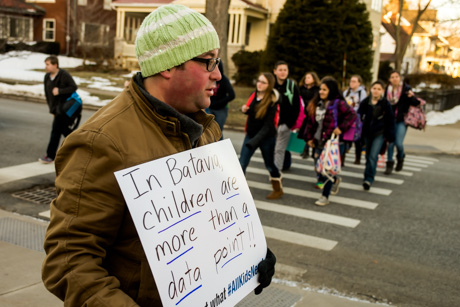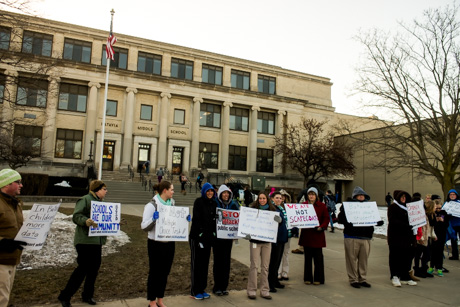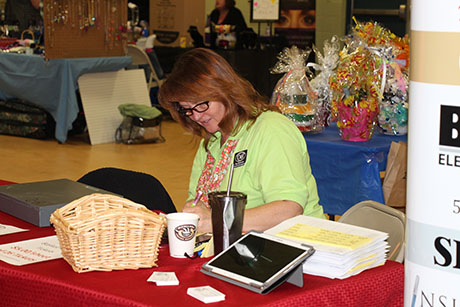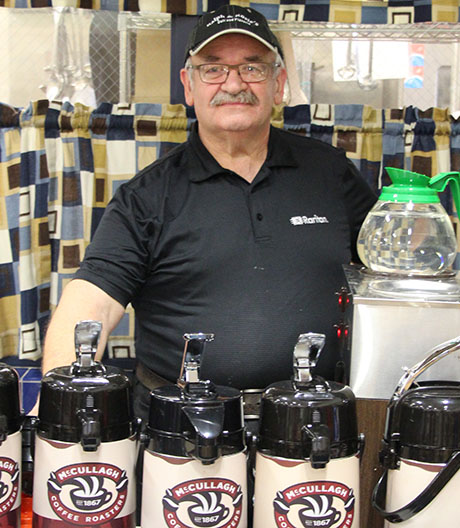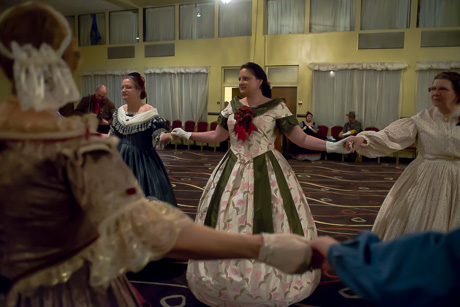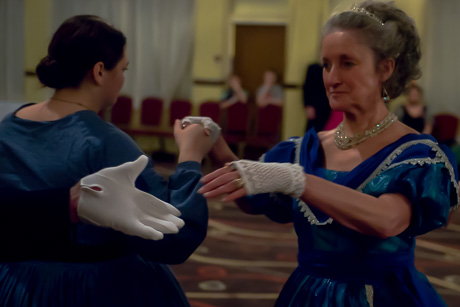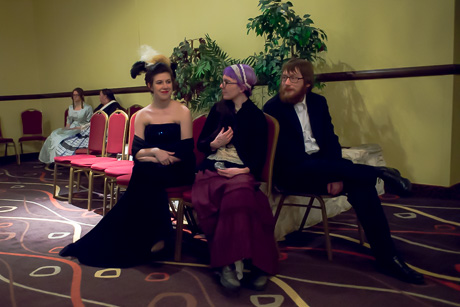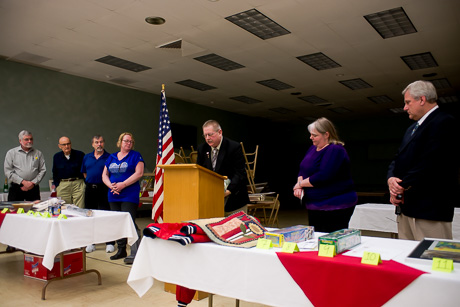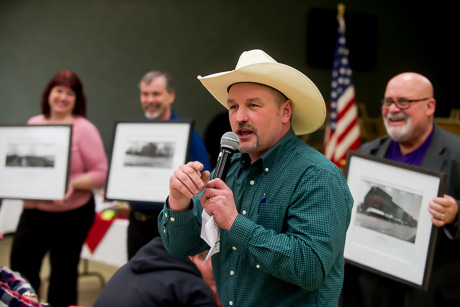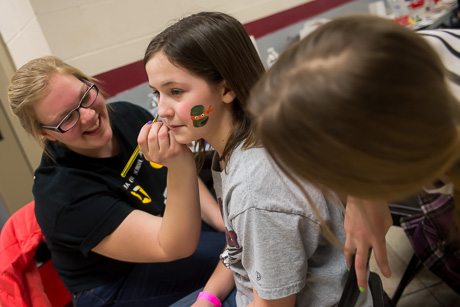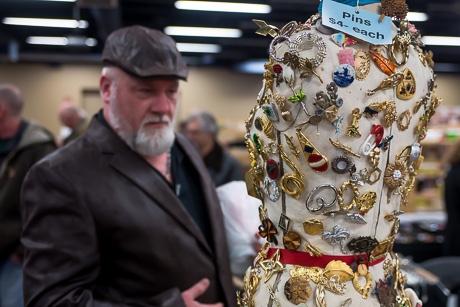Council told of strategy for dealing with stray cats in Batavia
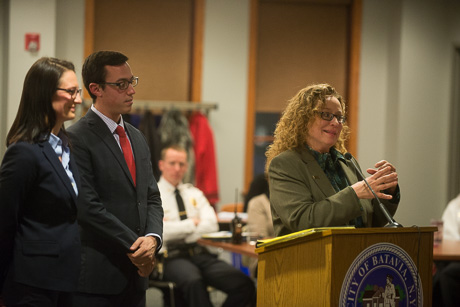
A small platoon of volunteers could deal with the army of stray cats in Batavia, the City Council was told during a long discussion of the issue Monday night.
Three representatives of the pro bono animal program at the SUNY Buffalo Law School recommend a trap, neuter, vaccinate and return program that they say has been successful elsewhere, even in small towns in Western New York.
West Seneca provides an example, said Joseph Smith, a law student working with the pro bono program. That community instituted TNVR and it made a huge difference.
"You can have as fast as a year turnaround," Smith said. "You can get direct results and significant results within a year."
The results include fewer nuisances from cats and fewer stray cats.
Problem cats fall into two categories -- community cats, which are cats who were once domesticated, but somehow became ownerless, and feral cats, which are cats born to a homeless cat and never domesticated.
Smith, along with fellow student Nicole Komin and Vice Dean Kim Diana Connolly, outlined the program's benefits, especially when compared to alternatives.
Stray cats will always be with you, both Smith and Komin emphasized. If you try to capture them and keep them, they'll overwhelm any such system. If you try to kill them, other strays will just move into the territory.
Cats tend to go where they can get food and shelter, be it a cat lover who feeds them, scraps from a restaurant or plentiful prey. If all the cats are removed from an area of food and shelter, other cats will just take their place.
TNVR solves that problem by returning non-breeding cats to those their former haunts.
Once fixed, cats fight less, howl less and spray less, making them much less of a neighborhood nuisance.
And if you can eliminate the breeders, there are fewer feral cats and eventually fewer community cats. They never disappear from a community, but over time, their numbers are greatly reduced.
The life expectancy of a homeless cat is seven or eight years.
Assistant City Manager Gretchen DiFante invited Smith, Komin and Connolly to speak with the council because she's been tasked with coming up with a program to deal with stray and feral cats.
Council members expressed an interest in learning more and supporting a task force to study the proposal further.
Such a program could be implemented at no cost to the city because there are volunteer and community groups that can be tapped to help set up the program and take care of the task of trapping cats and getting them neutered and vaccinated before they're returned to the location where they're trapped.
Cats who have been through the program get a notched ear so they're identifiable as neutered, and once released, they've learned about the trap and will never allow themselves to be captured that way again, Smith said.


